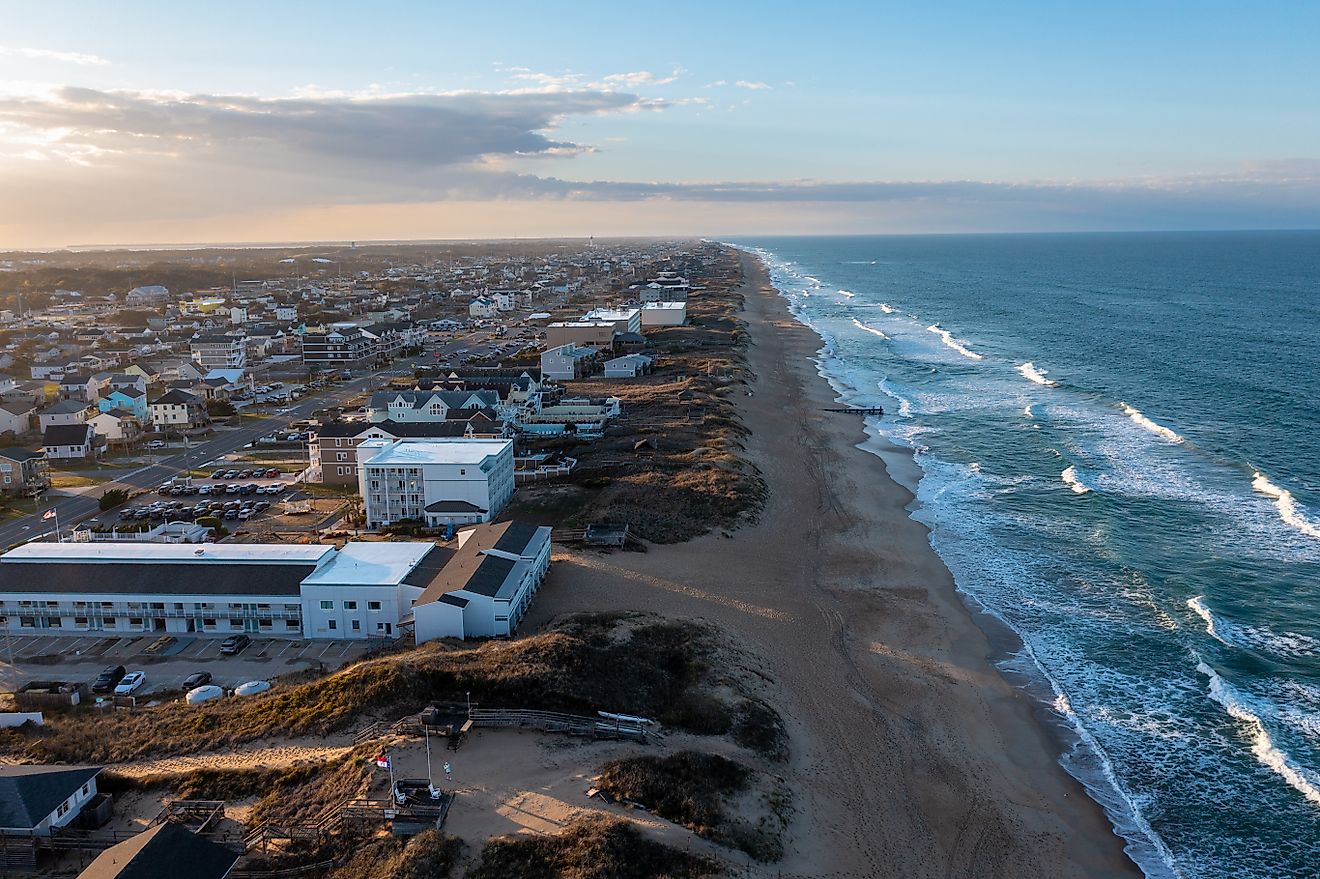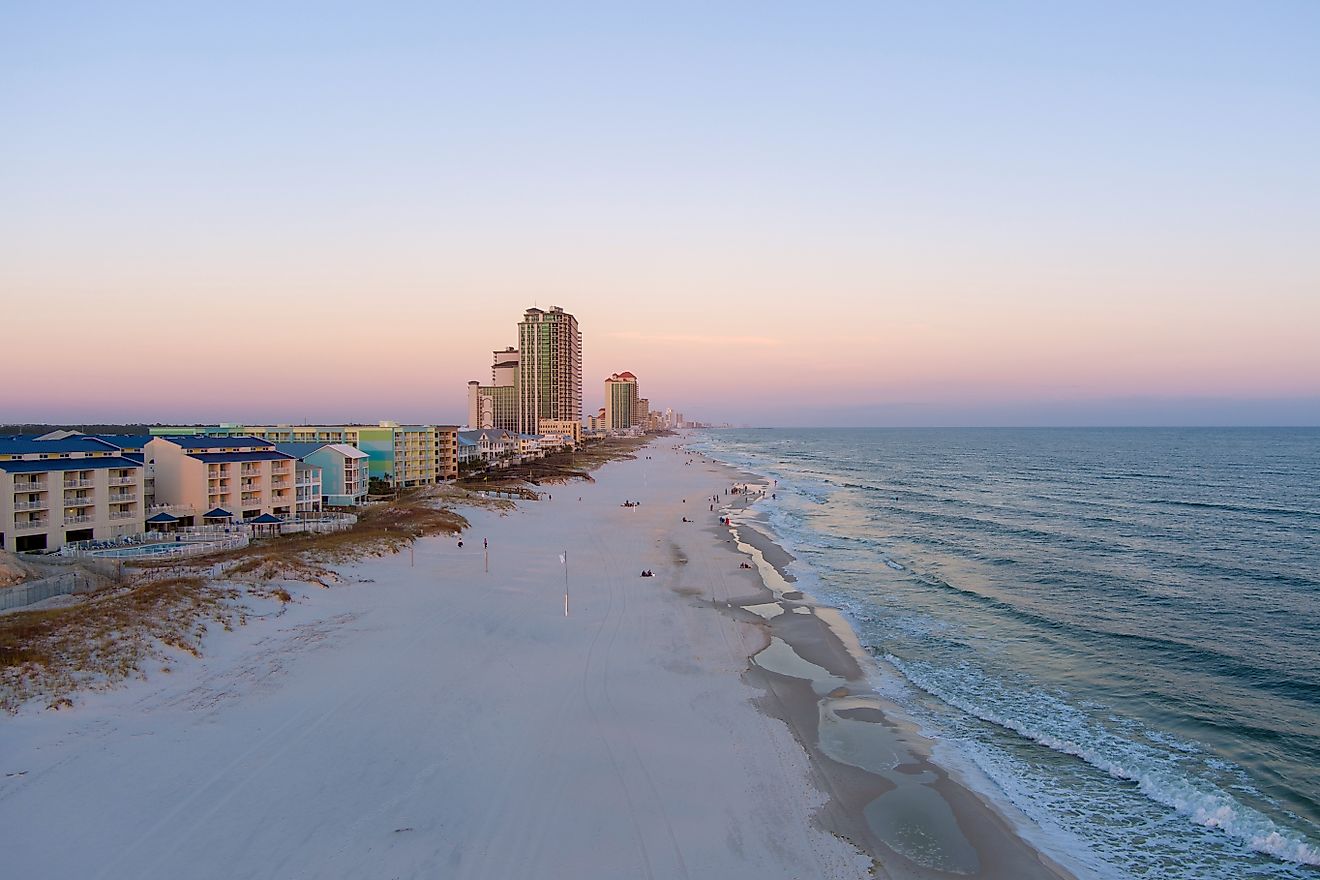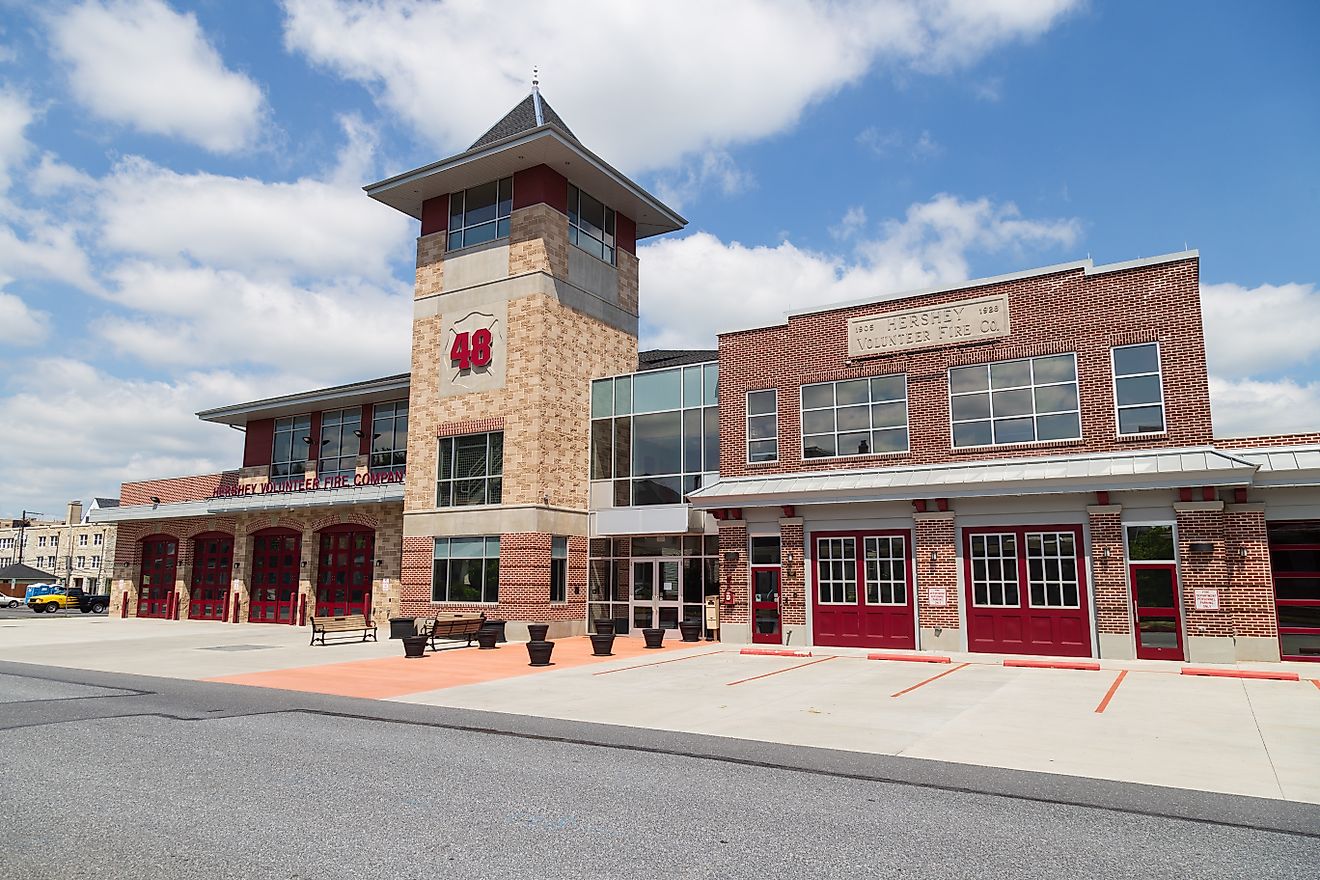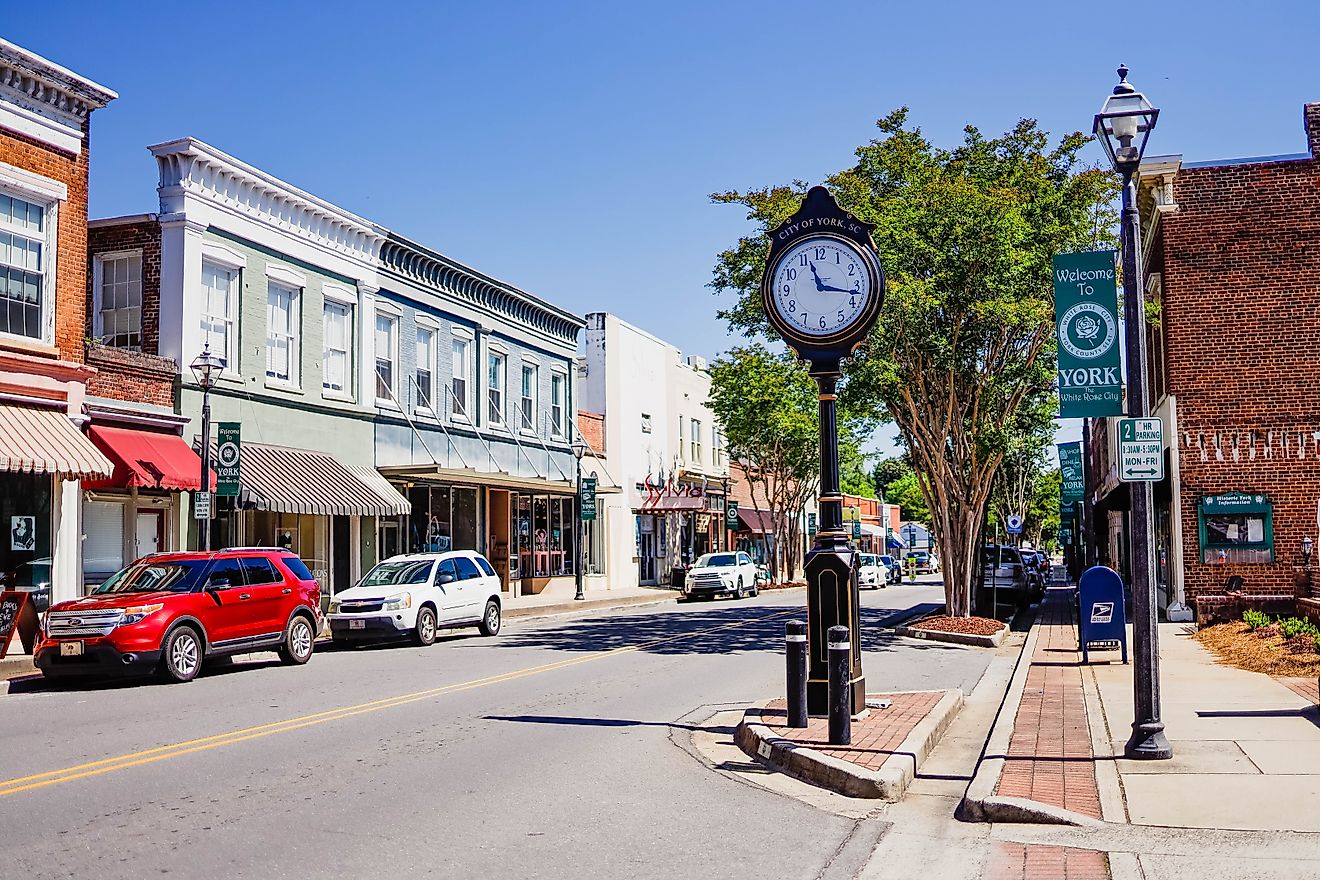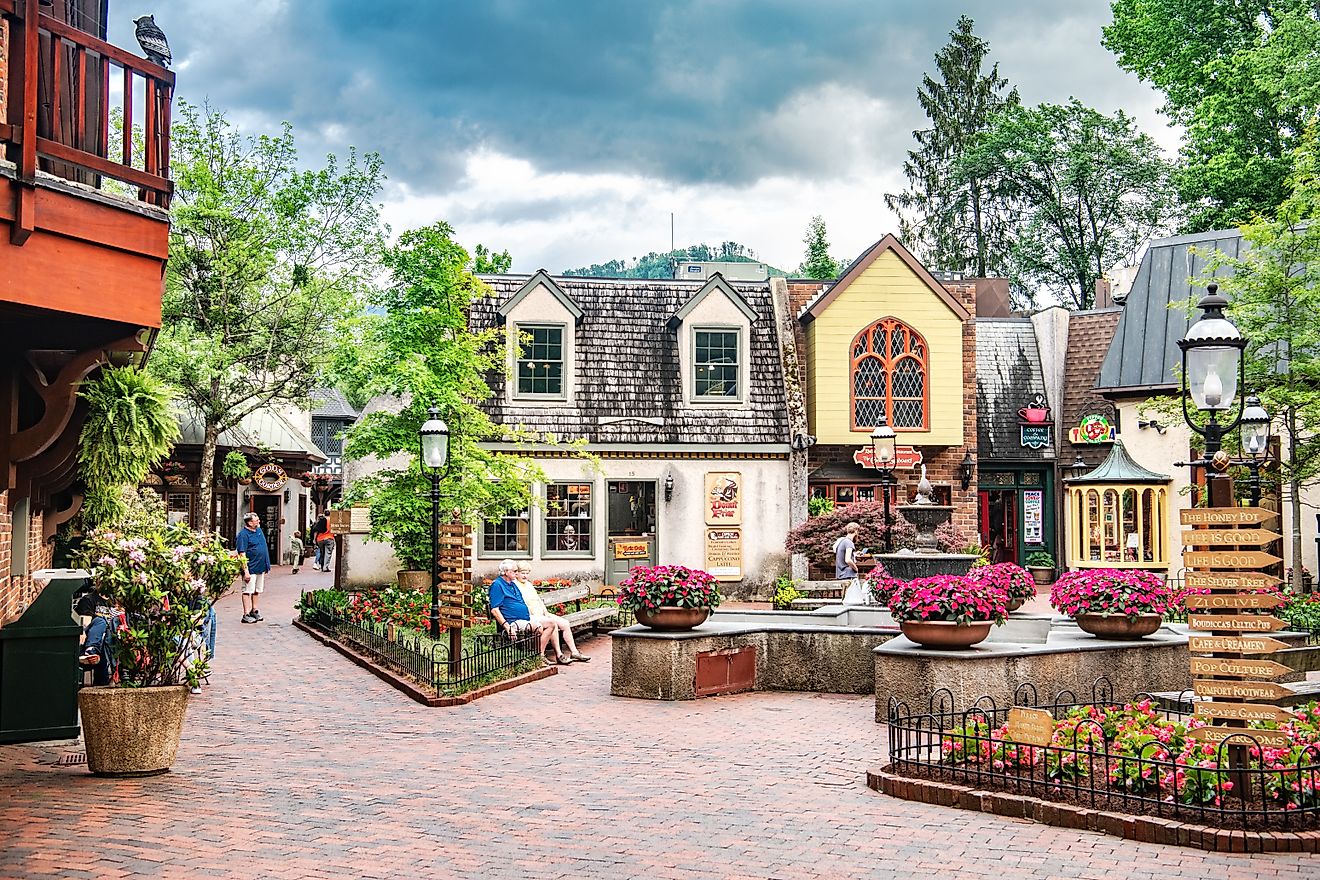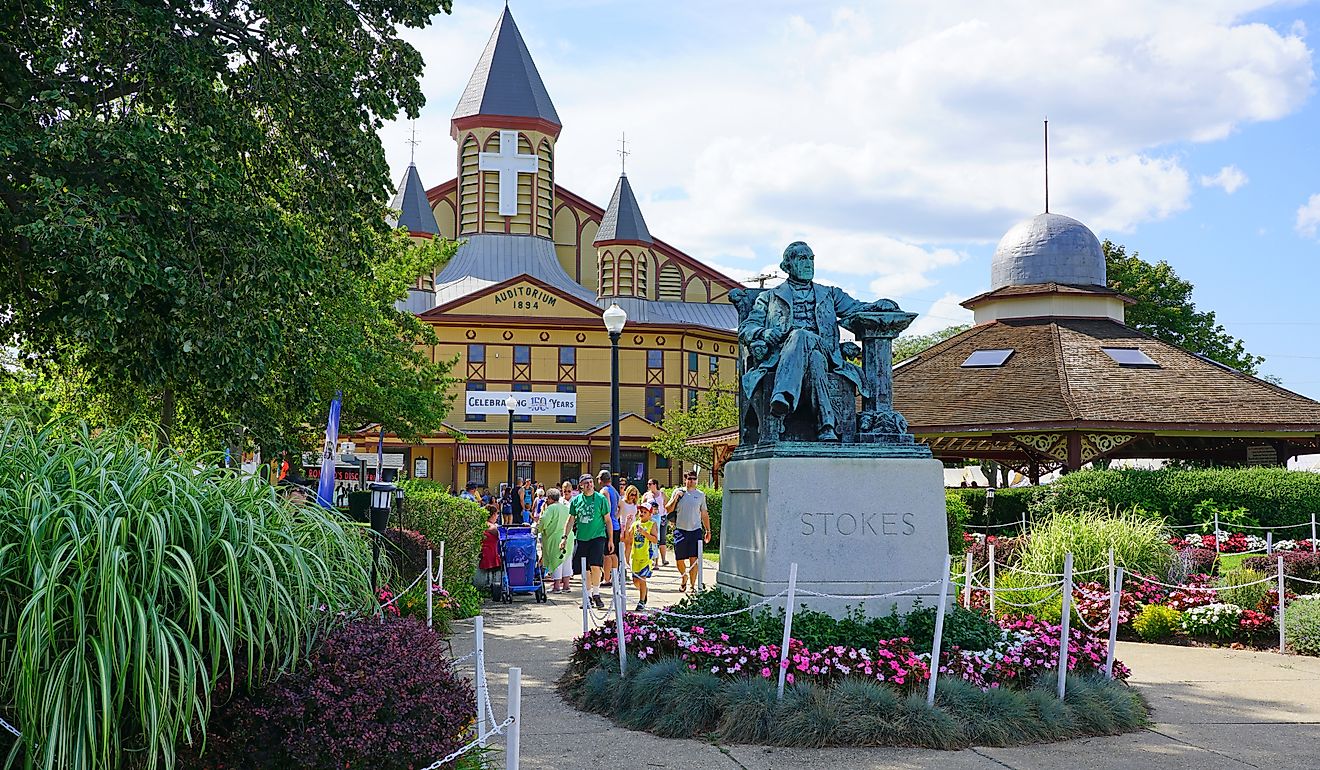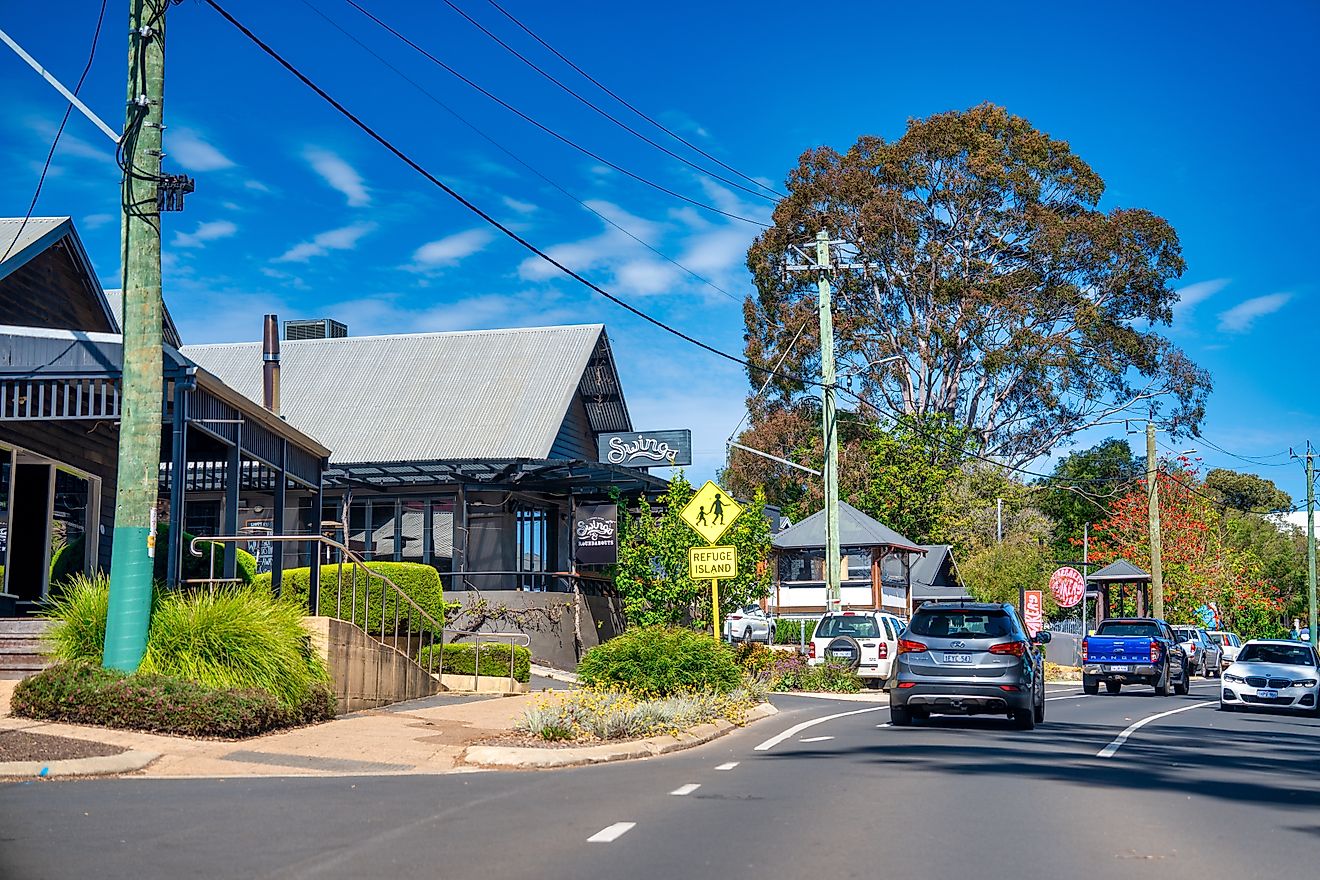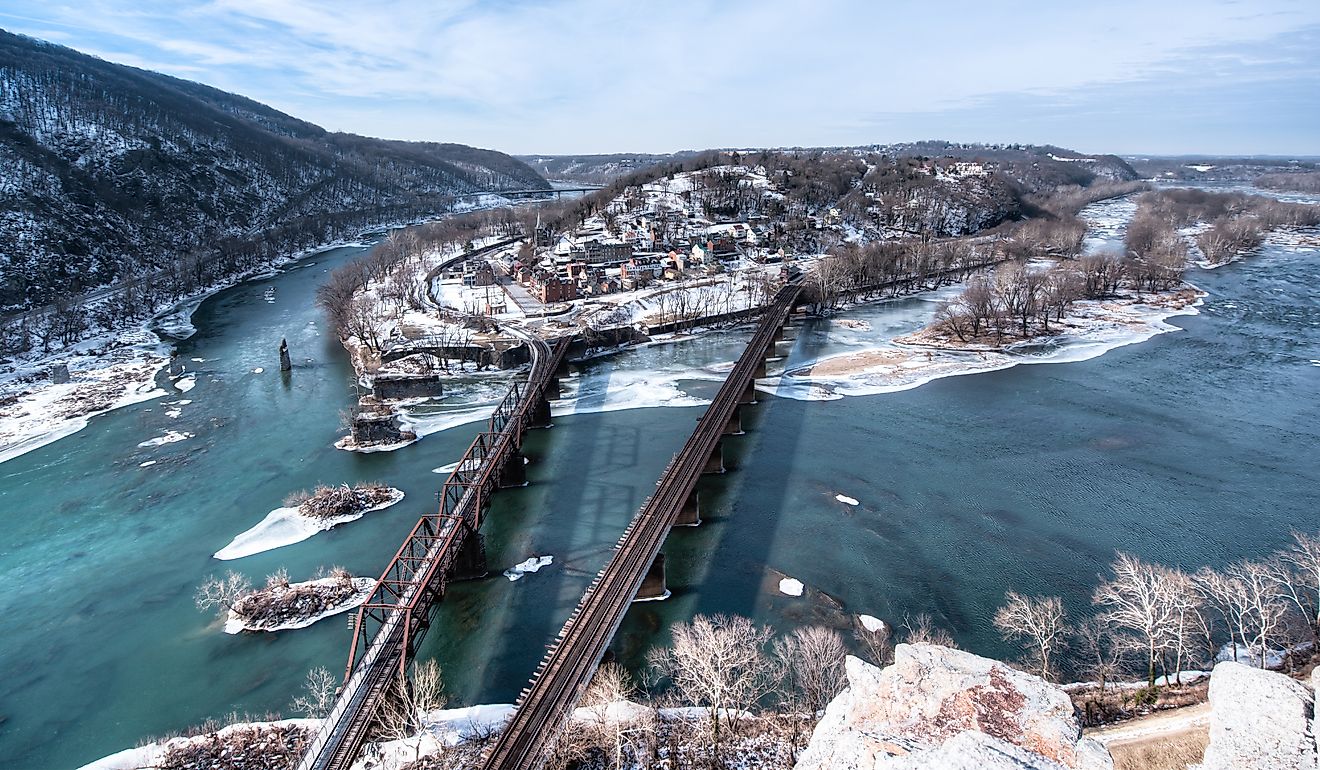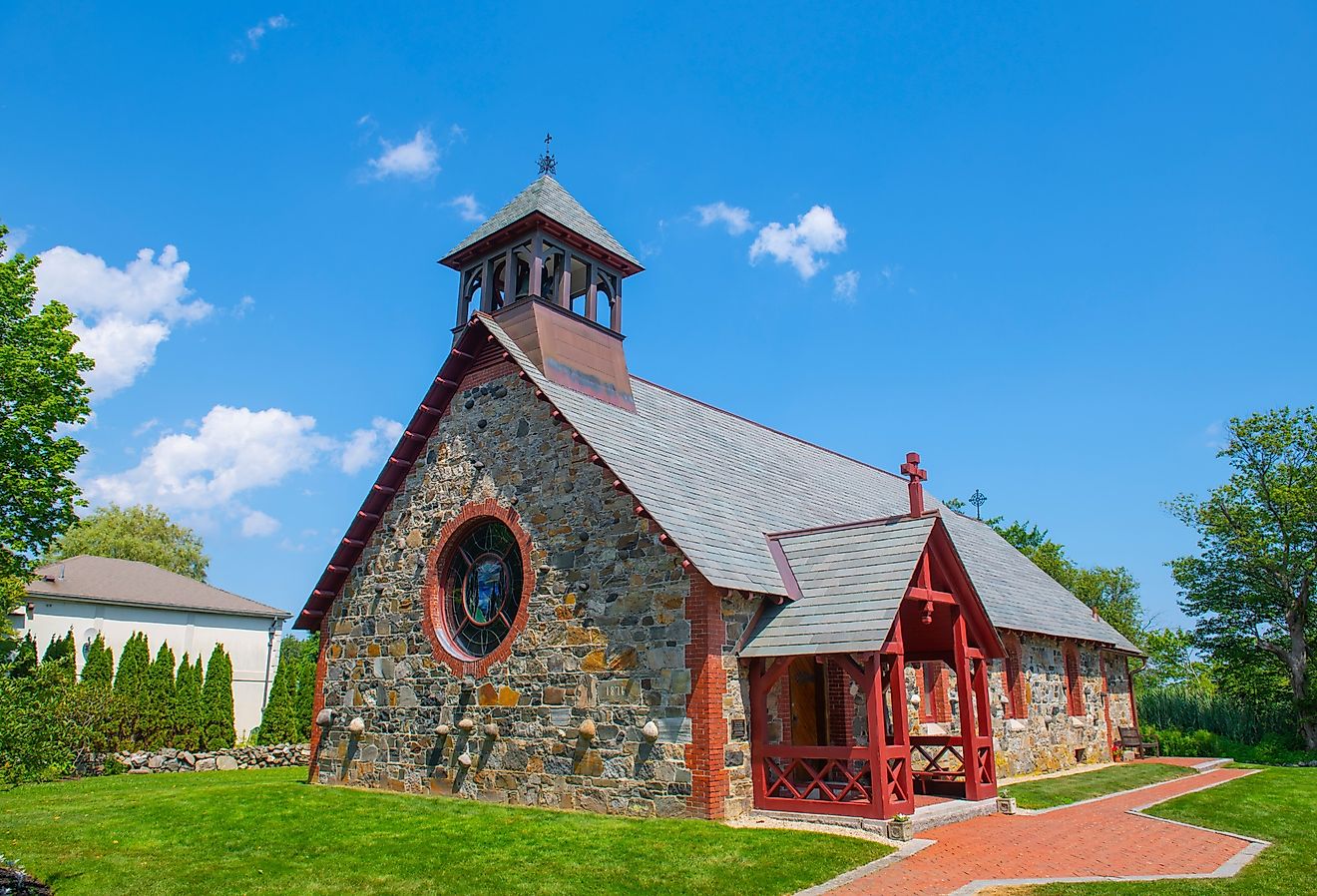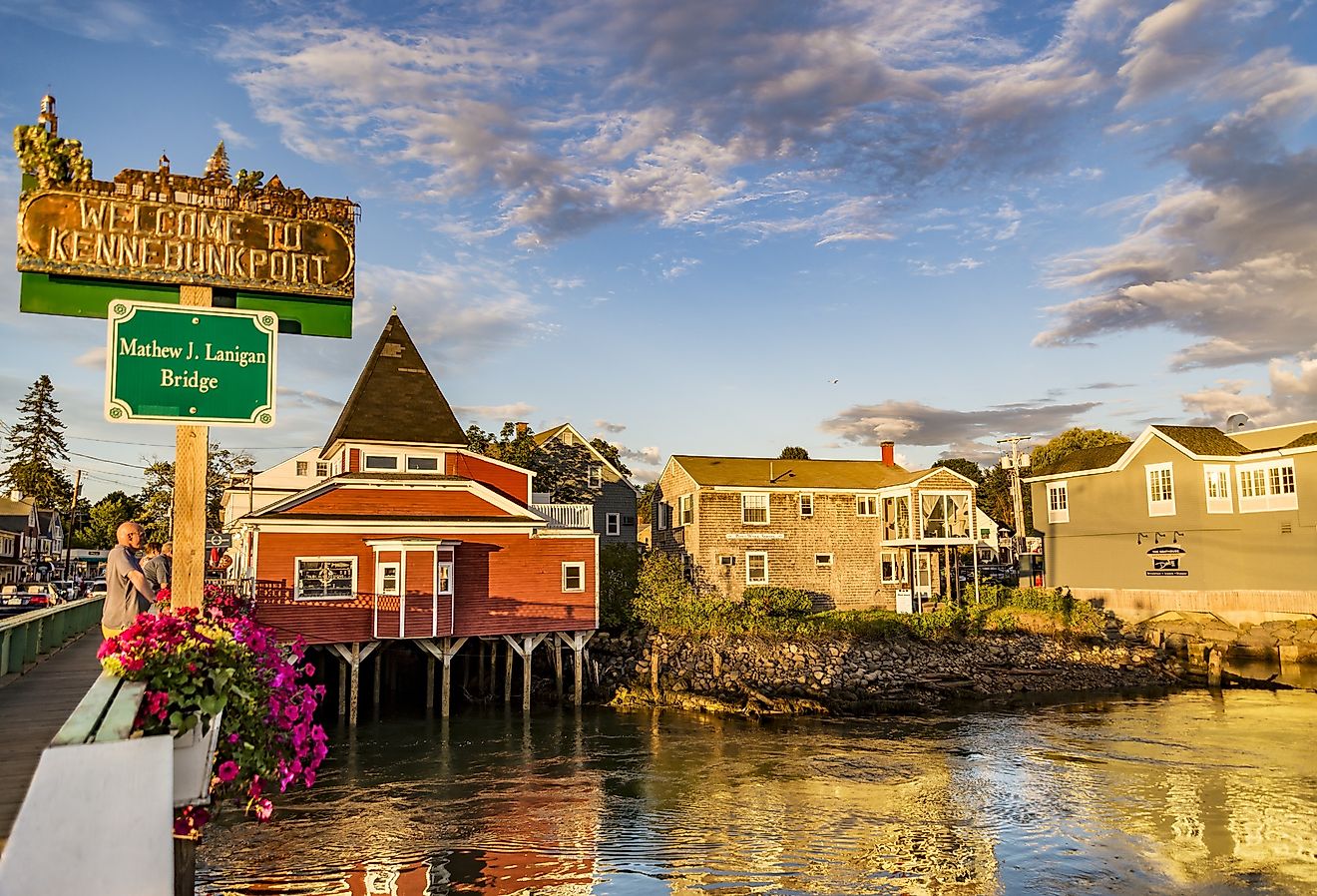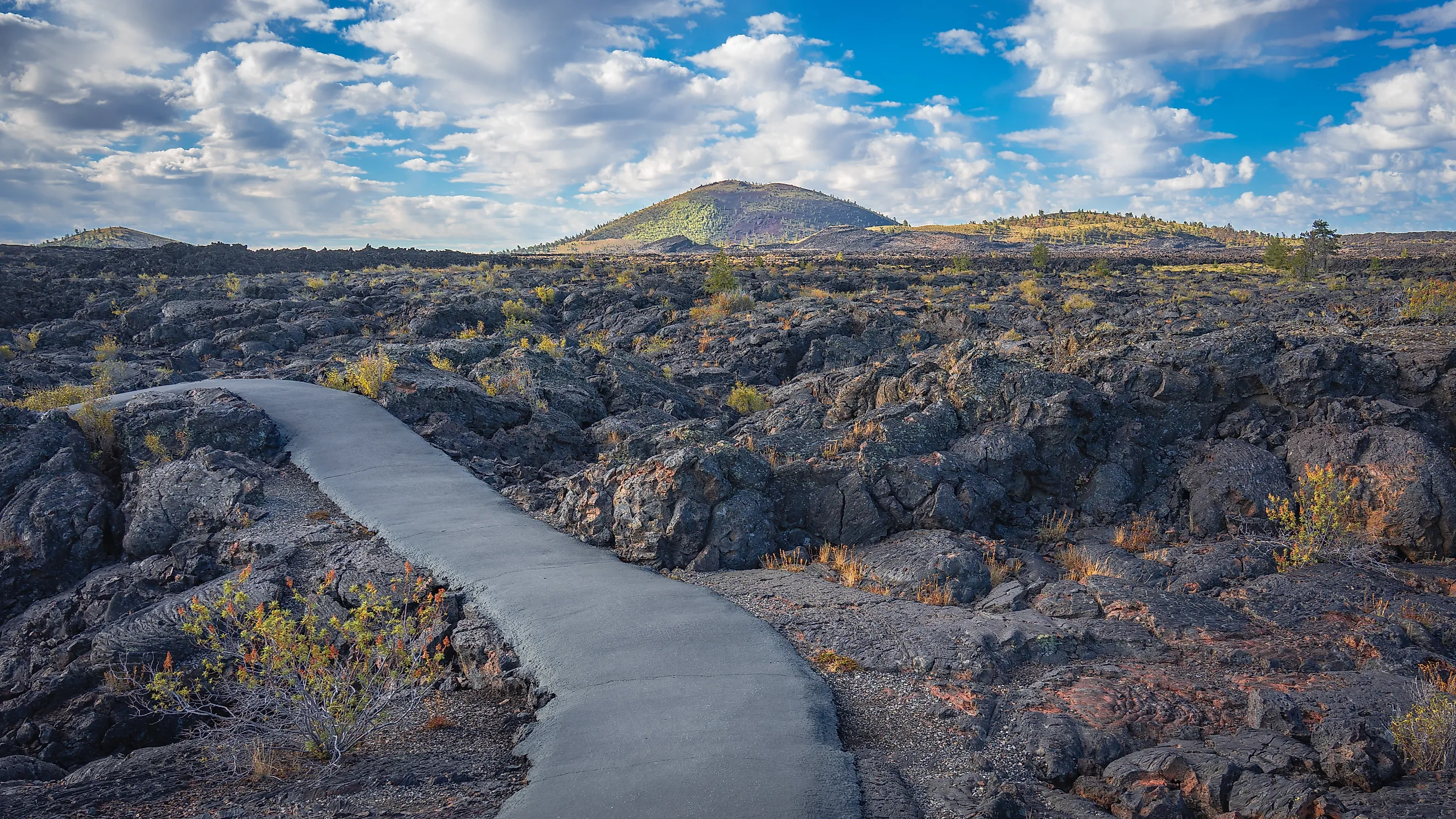
Craters Of The Moon National Monument And Preserve
South-Central Idaho's Craters of the Moon National Monument and Preserve protects a seemingly inert landscape that is actually teeming with character and dramatic potential. In the midst of Snake River Plain, a 52-mile-long volcanic fissure known as the Great Rift periodically provides a conduit for lava to spew forth from the depths – a process that has resulted in the largest young lava field in the mainland United States. During the eras of dormancy, vibrant vegetation bursts forth from the nutrient-rich crust to brightly contrast the dark foundation. Though the Shoshone and Bannock tribes visited this 752,000-acre area of craggy rocks and sagebrush for millennia, European settlers largely avoided it. That is until a man named Robert W. Limbert took it upon himself to map and document the Great Rift in 1920. Four years later, his work was published in National Geographic, thereby capturing the attention of the modern American public and their president. In that same year, the national monument was officially established. Nowadays, roughly a quarter of a million people visit this site each year, keen to witness the creative powers of the planet's ostensibly destructive forces.
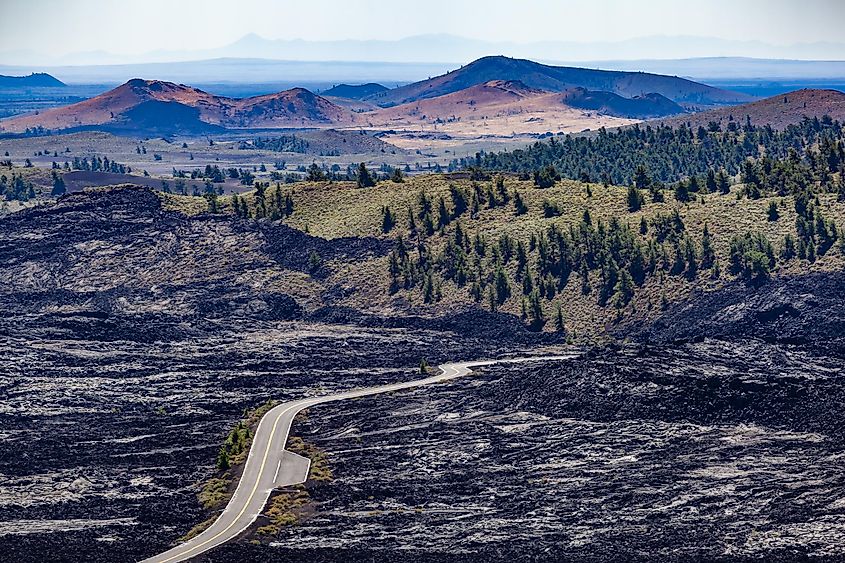
In the summer, numerous enticing trails branch off of the park's 7-mile paved Craters Loop Road, taking hikers through, up, and even inside of craters, cones, lava tube caves, and other jaw-dropping stretches of other-worldly terrain. But winter may actually outshine the traditional peak season, as the blanket of snow opens the door to backcountry skiing. The paradox of carving powder on top of volcanoes is thrilling, and the shift to a brilliant white landscape makes the already quiet monument much more serene. Those wanting to take things at a slower pace or learn more about what makes this place tick can strap on snowshoes and join a tour group led by an expert ranger.
Location Of Craters Of The Moon
Craters of the Moon National Monument and Preserve cover a significant portion of the Snake River Plain of South-Central Idaho – 752,000 acres, to be exact. The Robert Limbert Visitor Center is located on the North side of the park (i.e., the only entrance), just off of Highway 20/26/93 – about 170 miles East of the state capital, Boise. Other nearby major Gem State cities include Twin Falls (90 miles to the Southwest), Pocatello (100 miles Southeast), and Idaho Falls (85 miles East). The closest towns offering basic services are Carey, 25 miles Southwest of the visitor's center, and Arco, of which Craters is included in its mailing address, 19 miles to the Northeast.
Formation, Evolution, And History Of The Monument
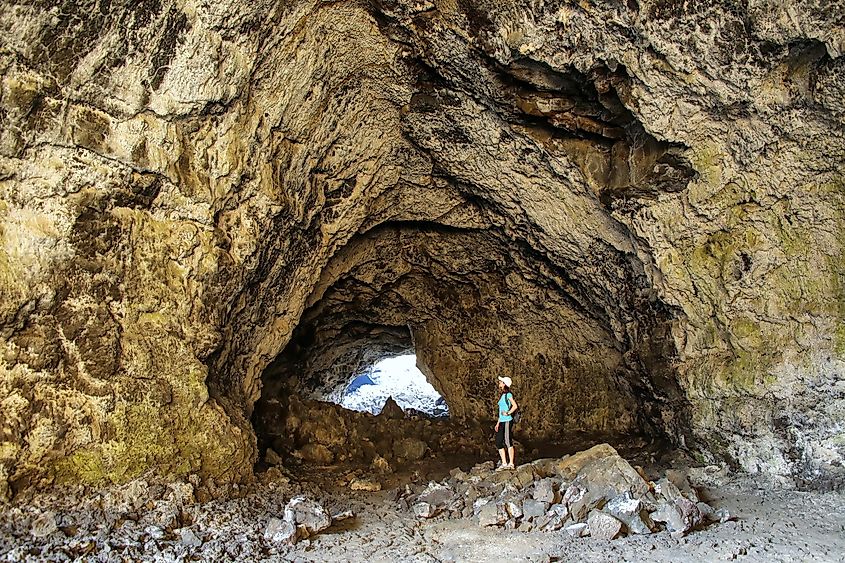
Eight significant eruptions have occurred here over the last 15,000 years. The most recent event occurred 2,000 years ago, when the Great Rift ripped open, and lava/debris spewed, spurted, and flowed forth, leaving behind many of the monoliths, cones, caves, and other curious formations seen today. The cycles of sporadic violence are what give Craters of the Moon such a diverse aesthetic. The two types of lava flows observed at the monument are pāhoehoe and ʻaʻā (both Hawaiian terms). The former is ropey and smooth, while the latter is stony and rough. Older flows have been reclaimed by vegetation, while the most recent remnants still assume stark postures. The collective result is the largest young lava field (i.e., formed within the last 10,000 years) in the lower 48 states. But Craters is a living organism (so to speak), and it is due for another earth-remodeling eruption.
Evidence of human presence in the Snake River Plain (or Valley) traces back to at least 12,000 - 14,000 years ago (i.e., around the end of the last Ice Age). The Native Americans associated with modern-day Craters of the Moon are the Shoshone and Bannock peoples. Both tribes tended to travel in small bands of about two or three families. Along with archeological findings in the area, oral tradition, namely, the Serpent Legend, indicates that there were eye-witnesses to the last major eruption.
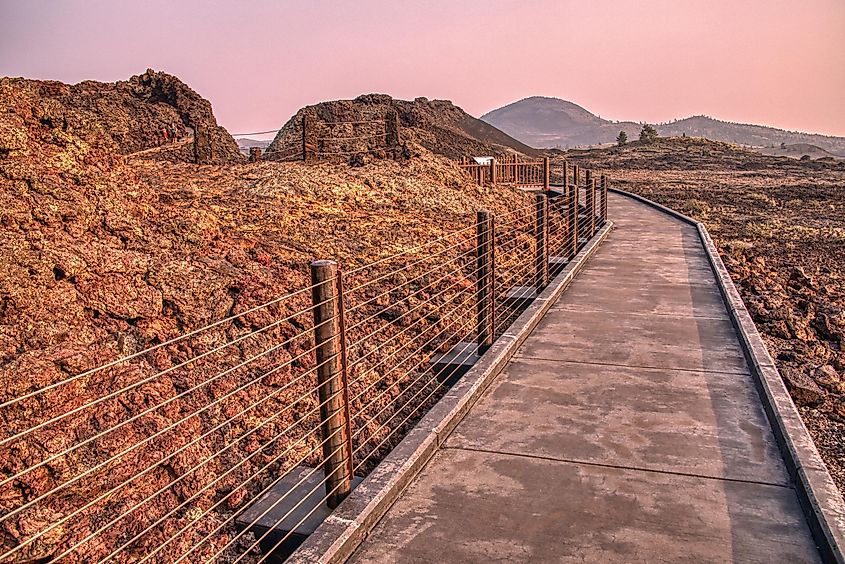
European settlers first encountered these intimidating lands in the 19th century. In 1833, Army Captain Benjamin Bonneville was asked by the War Department to explore the area. Then, in 1862, over 1,000 emigrants veered North of the Oregon Trail, taking a route named Goodale's Cut-Off, which would have paralleled the highway that now connects Arco and Carey, getting a clear view of the lava flows in the process.
It was in 1920 that the appeal of Crater was finally noticed. In an effort to promote the Idahoan experience, Robert W. Limbert spent 17 days hiking, mapping, and photographing the 50+ miles of the Great Rift. His material was turned into the National Geographic article Among the 'Craters of the Moon,' in 1924, as well as photo-essays in other outlets. Two months after its publication, President Calvin Coolidge established the Craters of the Moon National Monument. The dedication ceremony took place on June 15 and was attended by about 1,500 people. Its boundary was expanded by no less than four subsequent presidents. In 1970, it became the first National Parks Service site to obtain a "wilderness" designation.
1969 demonstrated that the monument's name was not just a catchy buzzword. NASA scientists and four Apollo 14 astronauts were assigned here on August 22 in order to train for their upcoming mission to the actual moon. The space program continues to use challenging and unearthly features to prepare future astronauts for the next great venture deeper into our solar system: Mars. It must help that Craters of the Moon was designated as an International Dark Sky Park in 2017. Visitors can, therefore, expect the full, arresting extent of the cosmos to come into view on clear nights.
Flora And Fauna Of Craters Of The Moon
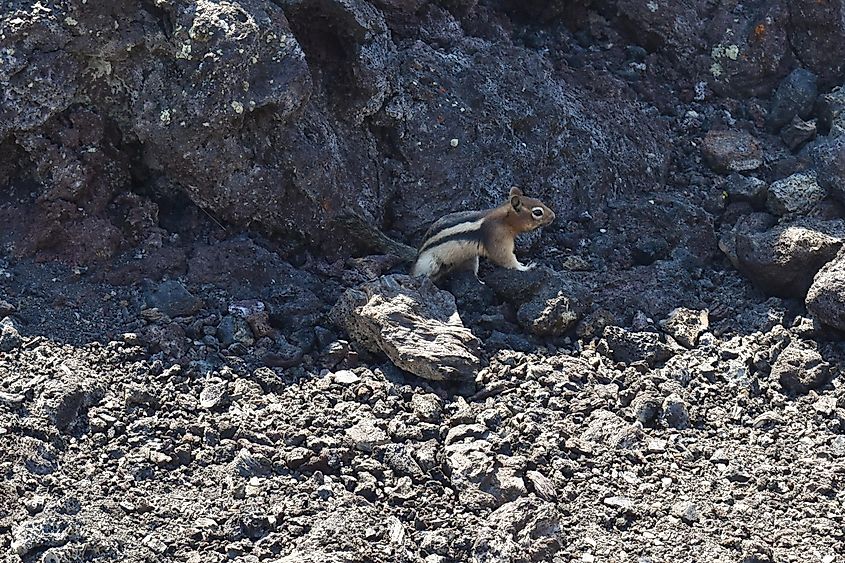
While Craters of the Moon may look like a barren, oftentimes harsh environment, nearly 300 species of animals and over 750 types of plants call this monument home. Of the 62 mammals that make a living amongst the lava fields (for at least part of the year), the pika, a relative to the rabbit, is easily the most adorable. Another unique specimen is the swift and almost mythical-looking pronghorn, which migrates through Craters in the spring and fall. Bats also do well in these parts, with at least eleven distinct species setting up shop in the volcanic caves. Rodents, such as the yellow-bellied marmot, are frequently spotted popping in and out of the terrain's endless nooks and crannies. As are the Great Basin pocket mouse and yellow pine chipmunk, which are actually found nowhere else on the planet.
Birdwatchers can come equipped with an ambitious checklist. No less than 223 species have been spotted flying around Craters. Some species that specialize in shrublands and rocky areas are permanent fixtures of the environment (such as Clark's nutcrackers, ravens, and chickadees), while others pass through during annual migrations (i.e., warblers, sparrows, and flycatchers), or in the case of alpine and arctic birds (northern shrikes, snow buntings, rough-legged hawks, and even the occasional snowy owl), are drawn to the full-blown Idahoan winters.
In terms of creepy crawlies, there are five species of snakes and another five types of lizards that lurk amidst the rocks and shrubs. There are also four species of amphibians that have been able to adapt to the sagebrush desert: the boreal chorus frog, the Pacific tree frog, the Western toad, and the remarkably resilient Great Basin spadefoot toad (which can assume a dried-out state, near to the point of death, for years at a time during extended droughts).
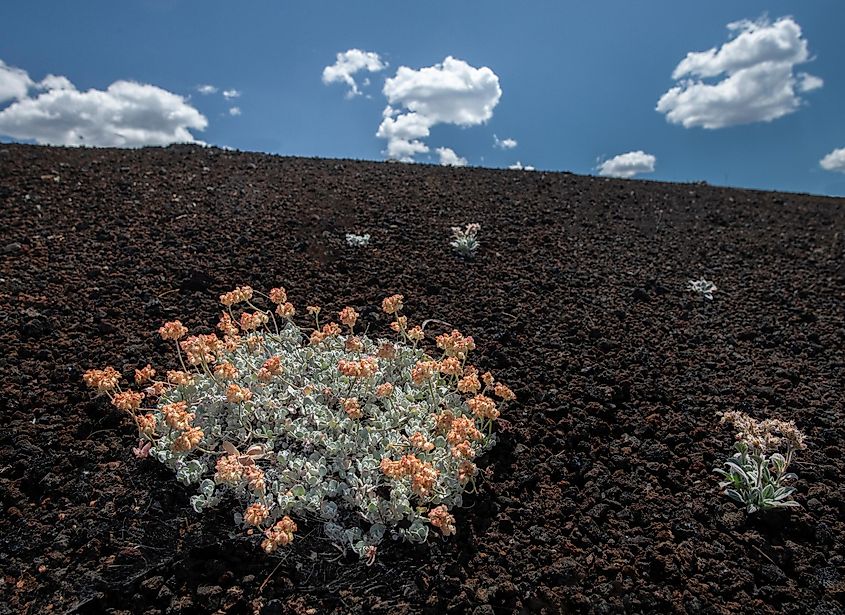
Of the hundreds of plant taxa present at Craters, the dozens of distinct spring wildflowers certainly turn the most heads. These ostentatious blooms have extra pop when contrasted by the black volcanic slopes of the cinder cones. Locals call the phenomenon "cinder gardens." The dominant trees of the lava flows are limber pines and junipers (primarily of the Rocky Mountain variety).
Camping At Craters Of The Moon
Craters maintain the Lava Flow Campground year-round, though it can only be accessed by vehicle during the fair-weather season (exact closure and reopening dates are weather-dependent). The 42-site, first-come, first-serve campground can be reached via the Loop Road, generally between May and November. Some spots can accommodate RVs, but no hookups are provided. It is also possible to tent-camp at Lava Flow during the off-season, provided one is comfortable making the short hike in the snow. Each site has a charcoal grill and a picnic table. Vault toilets are open year-round, but the flush toilets are closed at the same time as the road. During the winter, visitors also have the option to tent-camp at the Devil's Orchard and Tree Molds parking lots. The major upside of winter camping is that it's free. Only a no-cost permit needs to be obtained from the visitor's center. Standard fees are $15 (USD) during the summer and $8 during the shoulder season.
Idaho tends to glide under the radar for both Americans and international tourists – especially regarding the national park hitlist. And while the Great Smoky Mountains, Grand Canyon, and Yosemite deserve all the attention they get, Craters of the Moon National Monument and Preserve is like nowhere else on the planet (hence the name). Plus, with only around 200,000 annual visitors – a respectable figure, yes, but only a fraction of the 285 million that pass through the entirety of the National Parks System each year – this massive landscape allows for a more genuine connection with nature. So make a Northbound detour to the Snake River Plain this season to gaze upon the eccentric results of prairie volcanism.
